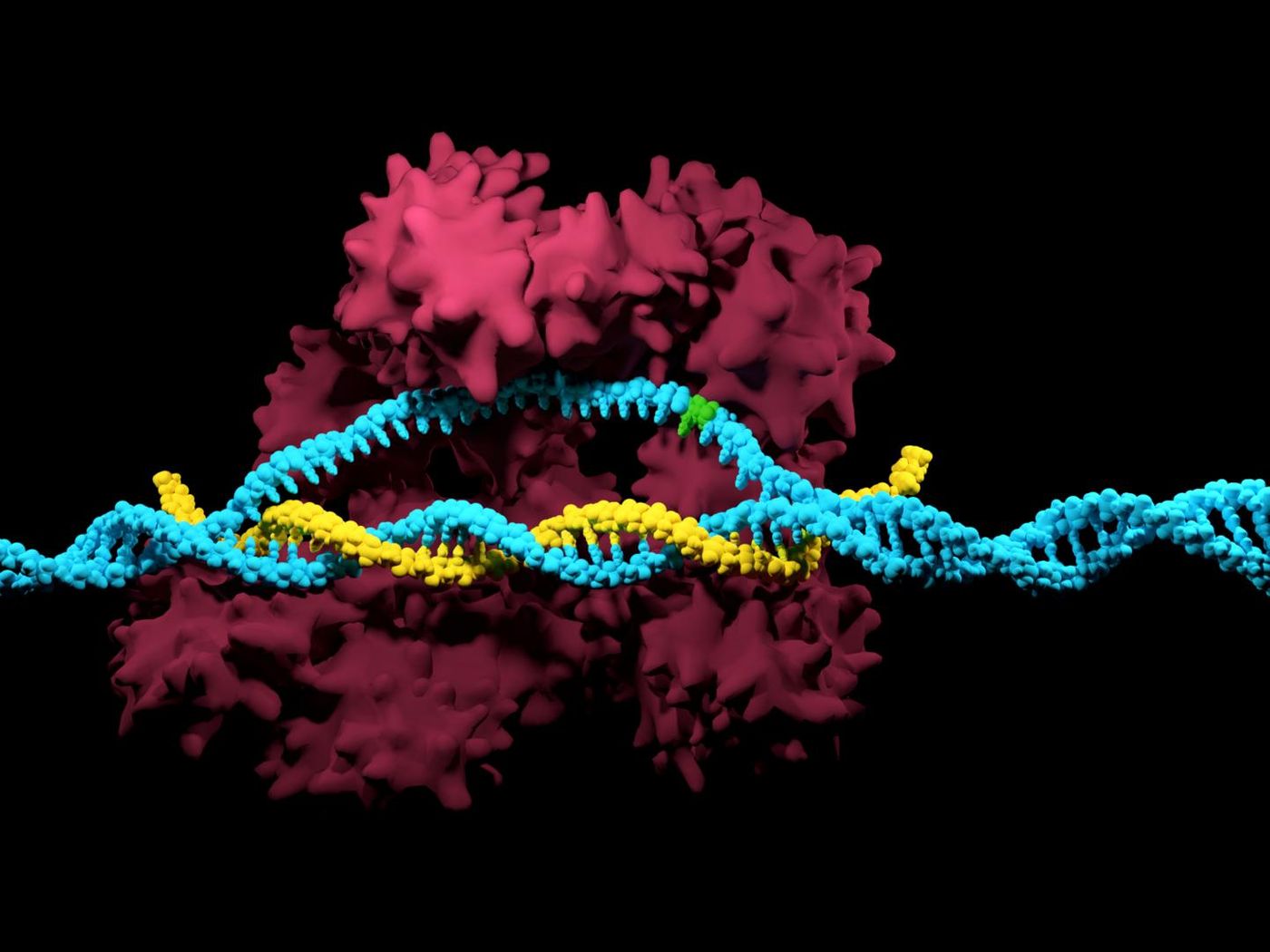Using CRISPR for High-throughout Genetic Assessment
Model organisms have given researchers a lot of insight into biological function, but that work has often involved the painstaking manipulation of individual genes. CRISPR has helped refine and accelerate that process; it was introduced a few years ago and has since been modified and improved in many ways. Now scientists at Harvard’s Wyss Institute have used baker’s yeast, a common research model, to manipulate many different genes, or characteristics of a gene, at the same time. The investigators were able to pick certain cells out of a group when they had specific features and could then find the changes that occurred genetically to cause the change. Their technique has been reported in Nature Biotechnology.

"Our method not only offers a more efficient and precise way to perform high-throughput "functional genomics" in yeast than what was possible with previous methods. It will also allow us to model and test subtle human gene variations in yeast cells that have been loosely associated with certain traits or disorders, and find out which ones may actually be relevant," explained George Church, Ph.D., who is Professor of Genetics at Harvard Medical School (HMS) and of Health Sciences and Technology at Harvard and the Massachusetts Institute of Technology (MIT).
Very small changes in genes, in which a single A, T, G, or C nucleotide is changed to another, are a very common type of human genetic mutation called point mutations. Small deletions or insertions are another type of human genetic mutation; other major changes are more rare. The researchers used CRISPR/Cas9 to study those small changes.
CRISPR/Cas9 is an editing tool that zeroes in on a specific part of the genome, guided by a small piece of RNA called sgRNA that is made by an investigator (and illustrated in the video above). The gene editor makes a cut where the sgRNA targets and cellular machinery comes in to make a repair. That process can be aided with a template added by a researcher, so that the cell’s repair mechanism, homology-directed recombination (HDR), will change the genome in a specific place and in a specific way to reflect the desired edit.
"We have developed a strategy that physically links the blueprints for sgRNA and donor template in one stable and heritable extra-chromosomal DNA molecule. This enabled us to construct large libraries of variants in one reaction, deliver multiple corresponding sgRNAs and donor templates en masse to yeast cells, and identify those that stimulate a certain cell behavior by next-generation sequencing," said postdoctoral fellow and a first author Xiaoge Guo, Ph.D.
In this work, the researchers showed their technique works by changing the gene of a critical enzyme in a bunch of yeast cells. Then the surviving cells in the yeast population were subjected to sequencing. That revealed the mutations that had allowed for their survival. The team also edited out members of a yeast gene family about which little is known. They were then able to assign potential functions to the genes after subjecting the edited yeast to varying environmental conditions.
"Besides using the method to tease new functions out of genes and larger gene families, an intriguing potential also lies in the investigation of non-coding sequences in the genome to advance our understanding of gene regulation and chromosome biology," noted first and co-corresponding author Alejandro Chavez, M.D., Ph.D., an Assistant Professor at Columbia University who was mentored by Church.
Church is featured in the video above, discussing CRISPR.
"We can also use the guide+donor method for synthetic biology applications that aim to engineer yeast cells with specific metabolic and industrially relevant abilities, or transfer it to pathological yeast strains for the discovery of genes and gene functions that affect their infectious properties," said James J. Collins, Ph.D., a Professor of Biological Engineering at MIT who was a part of this study.
"This newest application of the CRISPR-Cas9 technology that emerged through a dynamic collaboration between the Church and Collins labs opens yet another path towards discovery of previously hidden molecular mechanisms by which cells regulate their physiology, and when dysregulated, lead to infections as well as human disease," said Wyss Institute Founding Director Donald Ingber, M.D., Ph.D., who also holds appointments at HMS, Boston Children's Hospital, and is Professor of Bioengineering at the Harvard John A. Paulson School of Engineering and Applied Sciences.
Sources: AAAS/Eurekalert! Via Wyss Institute, Nature Biotechnology








